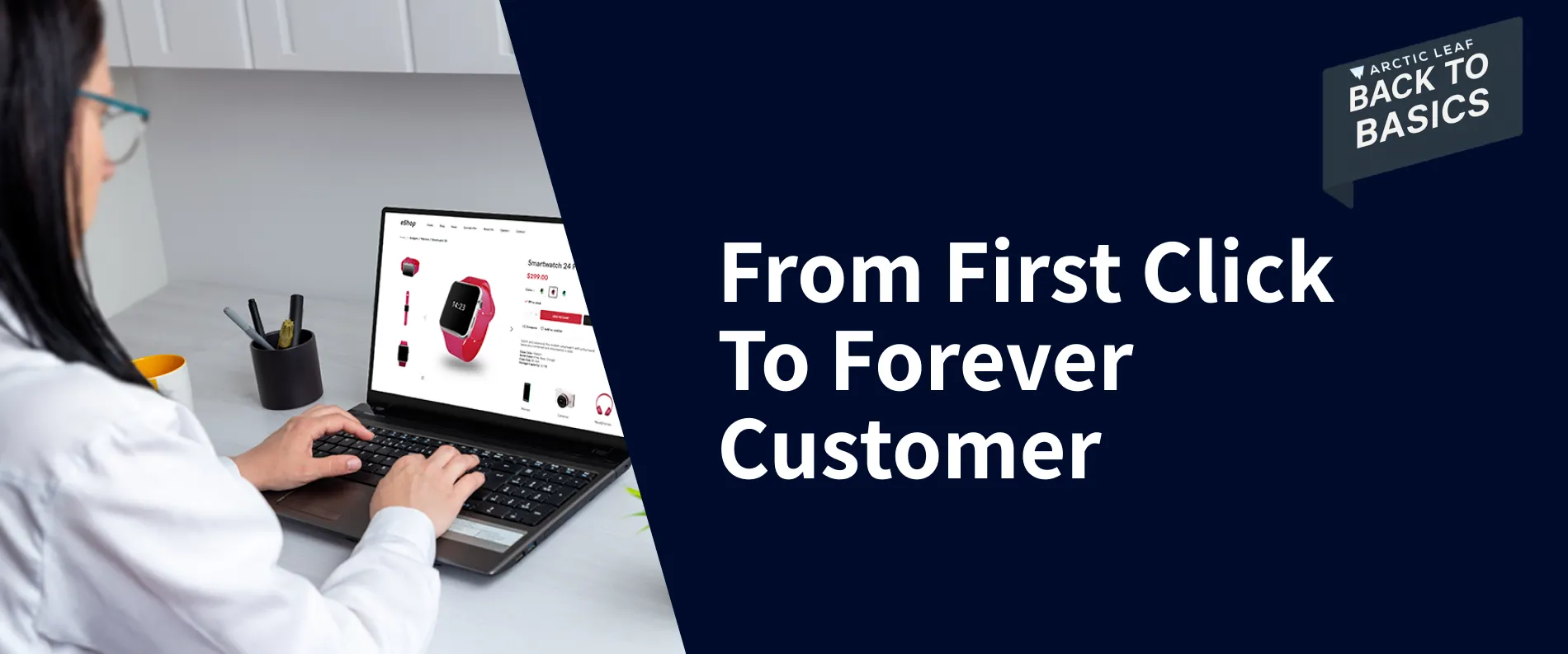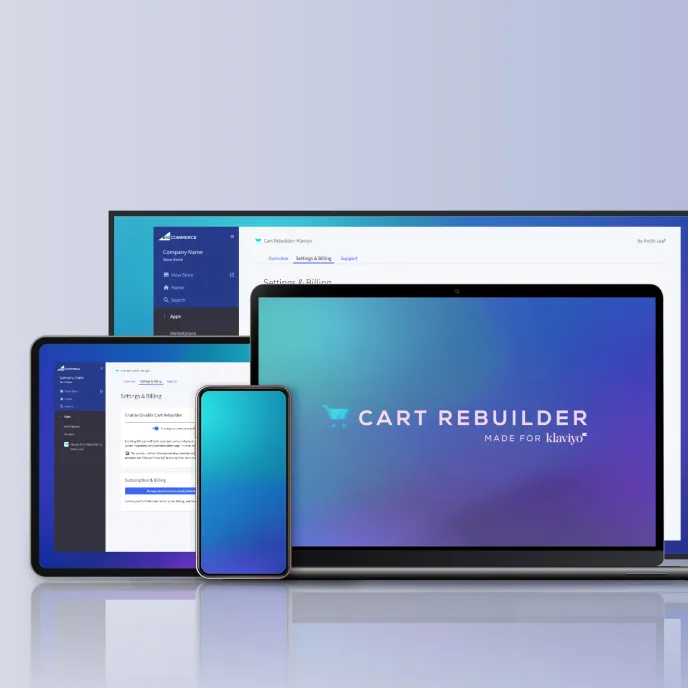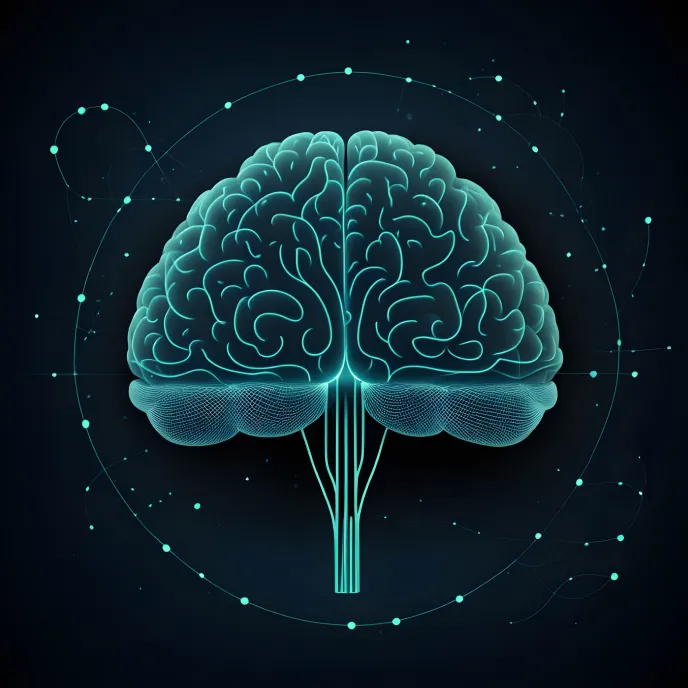The Customer Journey: How to Optimize for Conversions
To convert, you need to understand your customer. The customer journey is the series of steps your customers take from their first interaction with your brand to the point they make a purchase and beyond. Optimizing every stage of this journey is a necessary step if you want to maximize conversions and create long-term relationships.
Let’s break it down.
Understanding the Customer Journey Phases
The customer journey isn’t one-size-fits-all. It’s a process that evolves. That being said, it does tend to follow a clear path!
-
Awareness: This is where the journey begins. The customer learns about your brand, usually through an ad, a recommendation, or some form of content.
-
Consideration: Now, they’re evaluating their options. At this stage, they’re diving deeper into your offerings, weighing the pros and cons.
-
Decision: They’ve made up their mind. Your job is to make sure that decision leads to action.
-
Retention: This part of the journey shouldn’t be ignored. Once a customer makes a purchase, the next step is to turn them into a repeat customer. This is where loyalty begins.
Optimizing the customer journey requires you to look at each of these phases and adjust your approach to maximize the likelihood of conversion.
How to Define a Customer Persona for Better Targeting
Your customer persona represents the ideal characteristics of your target audience. When you define the journey, this persona is your guide. Without a clear understanding of who your ideal customer is, you’re shooting in the dark. You need to understand their challenges, motivations, and what drives their decisions. This understanding helps you meet them where they are and push them closer to making a purchase.
If you want to succeed, take the time to build accurate customer personas. Use data, feedback, and research to refine these profiles. Once you have your persona, your customer decision journey becomes much clearer, and you can create better-targeted messaging that leads to higher conversion rates.
Optimizing User Experience at Every Stage
Customer experience doesn’t stop at the first point of contact. The user experience (UX) must be smooth and frictionless through every stage of the journey. If your website is hard to navigate, slow to load, or lacks clarity, you’re losing potential customers.
-
Awareness: Your site should be easy to find and provide clear information.
-
Consideration: Make sure your content is useful and addresses common questions.
-
Decision: The process should be simple, with no distractions or complicated forms.
-
Retention: After the purchase, follow up with great customer support or personalized offers.
Every touchpoint should work in tandem to improve the customer experience journey map, leading your customers toward conversion.
How Relationship Marketing Increases Customer Loyalty
Relationship marketing focuses on building long-term value. A satisfied customer becomes not just a repeat buyer, but also an advocate for your brand. This approach keeps the connection strong, continuing even after the sale.
By using strategies like personalized emails, exclusive content, or loyalty programs, you can keep customers engaged and loyal. When you focus on building a relationship, you don’t just increase the likelihood of future sales; you turn customers into brand ambassadors who help bring in more business. This, in turn, improves your user acquisition strategy by relying on word-of-mouth and organic referrals.
Tools & Analytics to Track Your Customer Journey
You can’t optimize what you don’t measure. To track the customer journey, you need the right tools. Use analytics to monitor key touchpoints: website visits, content engagement, and conversion rates. Additionally, heatmaps can help you understand where users are clicking, and surveys can gauge their experience.
Tracking the customer experience journey map will help you understand what’s working and what’s not. Adjust based on real data, not guesswork, and you’ll see your conversion rates improve. This is the only way to refine your user acquisition strategy and make data-driven decisions that move the needle.
Conclusion
The customer journey goes beyond a transaction; it focuses on building a lasting relationship. By understanding the phases of the journey, defining your customer persona, optimizing user experience at each stage, and using relationship marketing to build loyalty, you can improve conversions and retention.
At Arctic Leaf, we help you create strategies that map out the entire customer journey, from awareness to retention. If you’re ready to turn your customers into long-term assets, we have the tools, the strategy, and the team to help you succeed!





